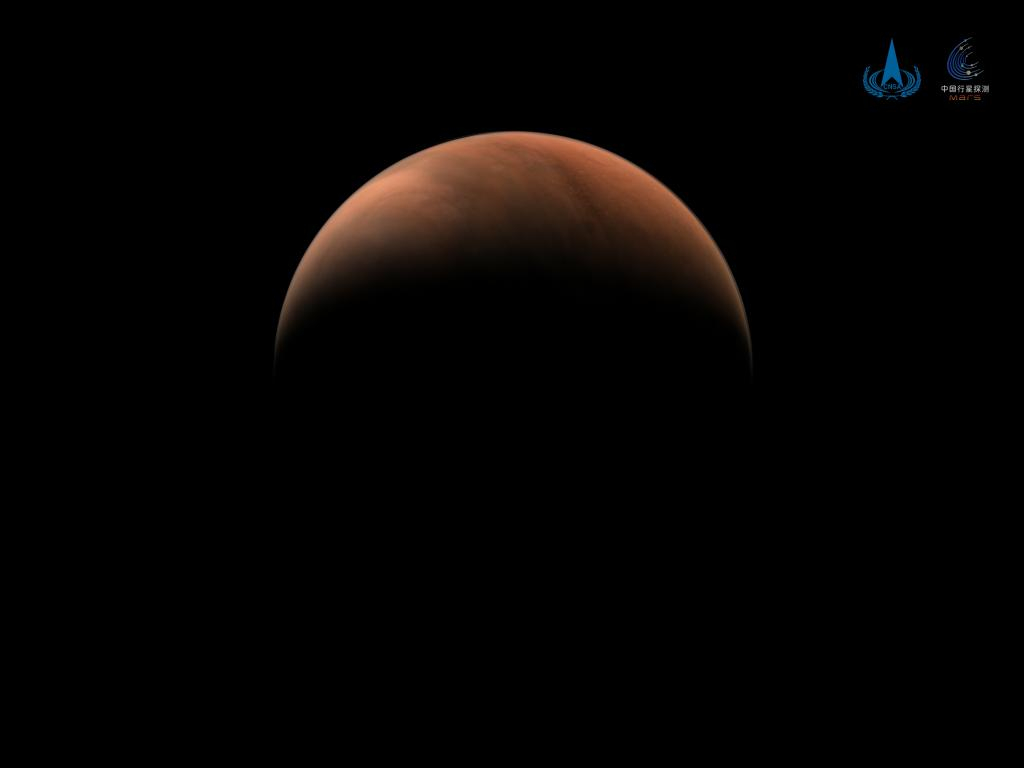This is how we get to the Red Planet and back safely
Man is not designed for long stays in space. Physical and mental damage cannot be avoided in the long term. A new study now gives important tips for the safest possible trip to Mars.
One recently in the science journal Space Weather published study deals with essential aspects of the upcoming manned voyages to the Red Planet in a few years. The risks that have already been identified must be clearly stated.
Contents
The universe is unhealthy for the human organism
Weightlessness causes muscles to degenerate and is also likely to affect the brain. In addition, the radiation in space damages the cells. A reasonably healthy trip is therefore particularly short and well protected against radiation.
In their study, which has already passed through the peer review, the researchers of an international team led by Yuri Shprits from the University of Potsdam and Mikhail Dobynde from the University of Moscow, supported by scientists from the Massachusetts Institute of Technology (MIT) and the University of California, make very specific suggestions how the implementation of such a trip should look like.
The flight of NASA’s most recent Mars mission had taken seven months. The researchers reckon it will take around nine months for a manned flight. The pure flight time to Mars and back to Earth is now 1.5 years. According to the scientists’ calculations, the risk of radiation damage only increases significantly after a journey of four years. The researchers consider a maximum of four years to be tolerable. This would make a research stay on Mars possible, which could at least cover a period of up to 2.5 years.
Elon Musk’s big dream: to live on Mars. (Image: Dotted Yeti / Shutterstock.com)
This is how radiation protection can be achieved
According to the study, the important radiation protection can be achieved with complementary measures. On the one hand, you should pay attention to when the actual trip takes place. For this purpose, the researchers calculated that the optimal point in time for the start of the journey is the so-called solar maximum. This is the time when the sun reaches the peak of its activity. The then existing strong solar wind would reflect the most dangerous particles of galactic cosmic rays (GCR: galactic cosmic rays).
At the same time, the solar energy-rich particles (SEP: solar energetic particles) could be kept away in the solar maximum by a good shielding of the outer skin of the spaceship. However, the armoring of the spaceship should not be set too massive, because the GCR could otherwise increase the secondary radiation inside the spaceship. That in turn would shorten the possible travel time.
Study considers manned Mars mission with measures to be feasible
The aim of the study was to investigate the feasibility of a manned trip to Mars. The research team comes to the conclusion that, although space radiation imposes severe restrictions on such a project and brings with it technological difficulties, it is nevertheless feasible.
There is, however, one catch: the solar maximum, which is considered to be the optimal time to travel, is difficult to predict and, in principle, can only be reliably assessed as such six to eight months after its occurrence from Earth. A period of eleven years has proven to be what is known as the solar cycle, but it hardly provides any clarity for calculating the solar maximum. What we know for sure is that there was a minimum in 2019 – so the sun is already on the way to its maximum again. According to current calculations, the next solar maximum is expected between 2024 and 2026.



